|
LISTEN TO THIS THE AFRICANA VOICE ARTICLE NOW
Getting your Trinity Audio player ready...
|
The fragile truce between President William Ruto and Azimio La Umoja leader Raila Odinga, hangs in the balance after Odinga threatened to pull out in what he has termed a lack of seriousness from the other side.
In a recent press conference, Odinga gave the public a glimpse of cracks in the truce. Odinga said the government side has attempted paint the Azimio-led protest as an effort to solicit a “handshake” or “nusu mkate” similar to the agreements he made with President Uhuru Kenyatta and the late President Mwai Kibaki.
Odinga said he’s not interested in a handshake, and in fact, he would not even like to shake Deputy President Rigathi Gachagua’s hand.
But he’s being pushed hard. The Americans are involved in seeking a peaceful resolution to the current impasse. US Senator Chris Coons of Delaware State, in the company of US Ambassador Meg Whitman, met with Odinga to seek peace.
They may have slowed down the protests for this week, but as they say in Kenya, “vindu vichanjanga” the latest sharp rhetoric appears to signal that Odinga is not sold on the prospects coming to the table as equals with Ruto, he wants his demands met, but a sit-down happens.
Well, It was only a few days ago that it appeared that Odinga and Ruto were just about to enter into a bromance. Is it still on?
A Look At the Past Two Weeks
As a man who has been a “victim” of a dialogue that birthed the famous handshake between former President Kenyatta and former Prime Minister Odinga, that elbowed him out of the nerve center of the country’s power, President William Ruto of Kenya has always made it crystal clear that he would not dialogue with, Odinga, his political archrival, and accommodate him in his government.
Ruto has repeatedly blamed Odinga for the collapse of the Jubilee party, the political outfit on whose wave Kenyatta and Ruto, then his deputy, rode to power twice—in 2013 and 2017.
In 2018, after the controversial 2017 Presidential election, Odinga declared Uhuru and Ruto illegitimate President and deputy president and staged a major resistance movement against the administration that culminated in Odinga’s self-swearing-in ceremony as the “People’s President.” To tame the political tensions in the country, Kenyatta, through the handshake, brought Odinga on board, a sideline Ruto.
Since then, Ruto led an insurgent resistance campaign against the government in which he was the deputy president and blamed the “handshake brothers” for the litany of problems, real and imagined, that were dogging Kenya.
Thus, after the hotly contested August 2022 presidential election, in which Ruto narrowly pulled victory, he made it clear from his first press conference that he would not entertain anything like a handshake. Instead, he said, he wanted Kenya to have a solid and vibrant opposition to check his government for the country’s common good.
After the Supreme Court delivered its judgment on the presidential election petition Odinga had filed, the Azimio la Umoja One Kenya coalition leader begrudgingly accepted the court’s decision and resorted to a semblance of a quiet life.
Going silent was not expected for a man who had spent most of his life in active politics. Some thought he had elected to call it quits and hang his political boots. Some said he was now seeking an heir to carry on his spirits. Yet, others said Odinga’s mythical stature, almost demigodhood-type political career had suffered a fatal blow where it would never recover. To this group (and they were many), Ruto had succeeded in sanding the son of Jaramogi to Bondo.
However, Odinga’s supporters hoped against hope that Odinga was only on a political hiatus and that someday, he would rise from the ashes like the mythical phoenix and stamp his authority in the country’s political landscape.
But for some time, this silent hope among Odinga’s zealous, loyal followers fizzled out by the day. The top two men in the country’s leadership went for the jugular, intending to put the final nail in Odinga’s influence coffin.
And so, even before the dust had settled down and tears of a spectacular loss dried from Odinga’s eyes, Ruto and the now emboldened state-backed UDA machinery went on a presumably (buying) and poaching spree— they thus (bought) stole the allegiance of several legislators elected on Azimio la Umoja ticket.
The Azimio principals, led by Martha Karua and Kalonzo Musyoka, feebly raised their voices in protest of the theft that was happening, but Ruto could hear none of it. Though Ruto didn’t say this openly, it is in the public domain that he intended to buoy up his ruling coalition’s numbers in parliament and scuttle Odinga’s errand boys and girls— the wheels that turn his power.
Soon, Ruto stepped up his gear at the wheel to clearly show he was in authority and to possibly mock Odinga and former President Kenyatta, the shallow deep-state that was. Thus, through the office of the director of public projections, he withdrew all the cases filed in court against his loyalists. As soon as their cases were dropped, he promoted them to glory by dishing them sizable chunks of the national cake, or were they shares of Kenya Private Company Limited?
The chief hustler wasn’t. He reversed almost every major decision his immediate former boss had made and fired nearly all the Azimio-allied top state and civil servants. The man on a mission went further and, without blinking, started beating war drums against the mighty Kenyatta business empire and raising questions about whether they pay taxes.
His justification was simple: Uhuru Kenyatta had excused his family’s businesses from paying taxes through his office as President. Ruto rightfully said that every Kenyan is equal before the law, and anyone who circumvented it for selfish gains would pay for their sins sooner than later.
In a trial balloon-like move, Ruto harassed and tossed Dr. Fred Matiang’i up and down, left, right, and center, amid growing disquiet from a section of the Gusii community and Azimio’s top leadership. Matiang’i was President Kenyatta’s most trusted point man and performed his duties well during his heyday. As a powerful minister for the interior, and a close confidant of Uhuru, Matiang’is tribulations were well choreographed to send a powerful message to Kenyatta.
A few months earlier, Ruto’s administration had hounded the “Cherera Four” IEBC commissioners out of office, who had opposed the other three colleagues’ results that declared Ruto, the winner.
These developments, coupled with a surging cost of living, a weakening shilling, and empty stomachs, charged a relatively chilled Odinga out of his resting place. He started brewing up a political tsunami against Ruto’s chest-thumping government. From mid-January through February, the ODM party and Azimio coalition leader traversed the country in what he called public consultation forums to listen to the people and hear their problems.
Odinga and his Azimio co-principals summarily labeled the Kenya Kwanza administration “illegitimate.” They thus formed a clarion call to overthrow it and replace it with the one elected by the people, led by himself. Chants of “Ruto Must Go!” grew louder by the day and became like a chorus in subsequent rallies by the opposition.
Undeterred by the Ruto-initiated young, fresh hemorrhage from his camp, Odinga engaged a higher gear soon after March came into light and said he would no longer carry out consultation forums but protests to State House in Nairobi to remove Ruto’s administration from power.
All this while, Ruto and his harsh deputy, Rigathi Gachagua— a career District Officer who rose through the ranks to the reigns of power, only passing through parliament as a one-time MP, was very definite:
“Huyu mzee wa kitendawili amezoea kuhangaisha serikali lakini sisi hawezi kutuuzia uoga.”
The self-styled son of Mau Mau from the District of Mathira in Central Kenya succinctly said: “Come rain come sunshine, Raila Odinga will not be part of our government, and if he brings chaos, we shall deal with him once and for all.”
Time glid by, and March 20 arrived. True to his word, Odinga staged a protest against Ruto’s government. The overzealous police service responded excitingly swiftly and rained tear gas on the demonstrators. Several Azimio-allied legislators were arrested, and the police beat up many others.
Meanwhile, on the eve of the March 20 protests, Kenya Airways, the national careers whose wings carry the message inscribed in red— the Pride of Africa, closed its Kisumu offices, thanks to the fear of the unknown.
Speaking in Mombasa on the first day of the demonstrations, DP Gachagua, in an uncharacteristic calm tone, asked Odinga to call off the protests. He said Nairobi had lost Kshs 2 Billion in revenue by midday thanks to the protests.
“We want to ask the organizers to consider this afternoon, to call off the mayhem and the chaos so that those who did not open their businesses and shops to do so this afternoon,” Gachagua said.
Azimio would listen to none of it, and they and their supporters engaged in a hide-and-seek game. The police managed to keep the Azimio protesters from accessing Nairobi downtown. As a result, an angry Odinga announced in Mathare that the protests would be bi-weekly, on Mondays and Thursdays, a sure move that would be over.
Interestingly on Sunday, a day before the second protest, Ruto flew to Belgium to woo investors. He left Gachagua on deck. Essentially, Gachagua, Japhet Koome, the braggadocious Inspector General of police, and the collected Prof Kithure Kindiki, the CS for Interior, were left to manage the country’s security and contain the Azimio demonstrations.
But they failed big time. On Monday, March 27, when Ruto was away, the police basically oversaw the invasion of Uhuru Kenyatta’s land near Ruiru and Odinga’s company in Embakasi. A church and a mosque were razed down in Kibera and Nairobi, and the country was covered with a cloud of a disturbing 2007/8 deja vu. Police gave the violence in the slum a wide berth as if to issue a statement.
Thursday, March 30, was no better. Police brutalized demonstrators and beat journalists to a pulp, sparking an international outcry. All this time, the economy was slumping even more profoundly, with business people opting not to open shops until they were assured of calmness.
Fired by the police brutality against him and his supporters, Odinga on Thursday, against numerous calls from the clergy and the international community to stop the demonstrations, announced he would on Monday, April 3, stage a mother of all protest in Nairobi. Gachagua, on Saturday, at a function in Kakamega, said Monday would be the last day for Raila to hold demonstrations in Kenya.
“The government will assert its authority and protect lives and property on Monday. It is not going to be business as usual, and the protests should not be allowed to continue. The government will look at the penal code. The consequences are heavy,” he said.
He added that whatever happens, there would be no handshake, saying that that is what Raila wanted.
“That is not negotiable. There will be no handshake. President William Ruto and I held the Bible with the entire world watching and swore to uphold the Constitution,” DP Gachagua said, adding that the only negotiations would be on Mr. Odinga’s retirement from politics.
Then Sunday came—a day before the mother of all protests and before the government would assert its authority. President Ruto, in a short press conference in State House Nairobi, in the company of Gachagua, asked Odinga to call off the demonstrations and to allow for talks.
“I have carefully listened to the issues raised by my friend Raila Odinga. In times like these, it is not about who is right or who is wrong. Courage is what it takes to stand up and speak, but it is also what it takes to sit down and listen,” Ruto said.
“I urge Raila and the opposition to call off the demonstration and give bi- partisan approach for us to take Kenya forward,” the President added.
In a surprise move, about two hours later, Odinga held a press conference at his Capitol Hill office and gave in to Ruto’s request to calm off the demonstrations.
“We acknowledge Mr. Ruto’s olive branch for a dialogue on key issues raised by Azimio La Umoja. To us, this is a positive development. In accepting the call for dialogue, we ask that all arrests and prosecutions related to our demonstrations be stopped with immediate effect,” he said, flanked by several Azimio la Umoja leaders.
However, Odinga said he had given Ruto and the government a week to address the issues raised by the Azimio coalition, failure to which he will go back to demonstrations.
“We agree that a balanced parliamentary process co-chaired by both sides & backed by experts from outside should proceed. In our view, this committee must be composed with immediate effect with strict deadlines for resolving the crisis facing the country,” he added.
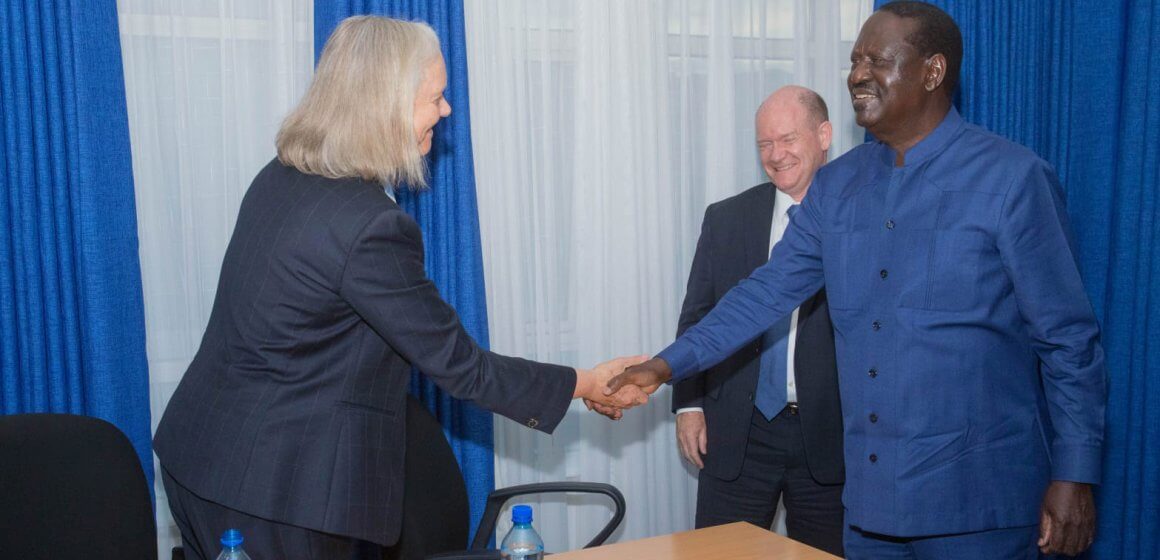



















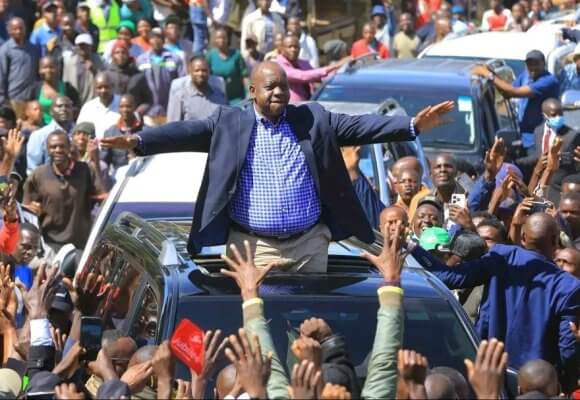
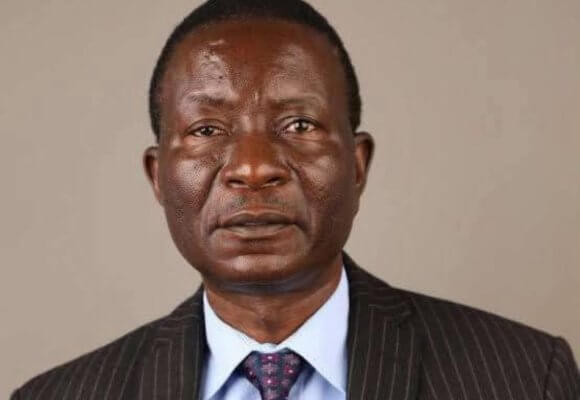
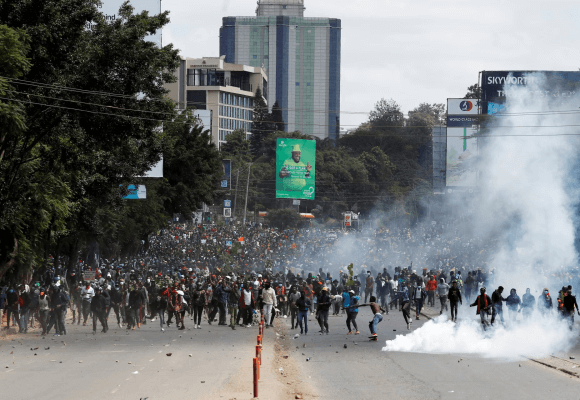
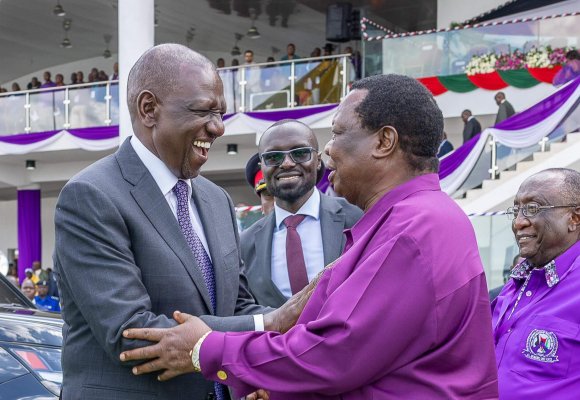
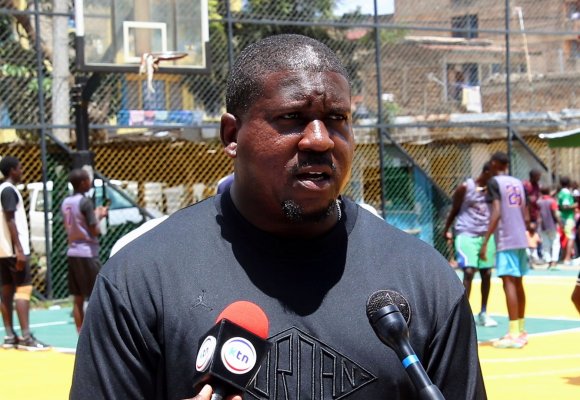
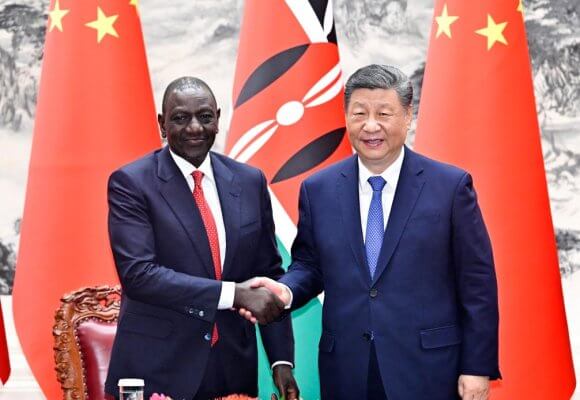
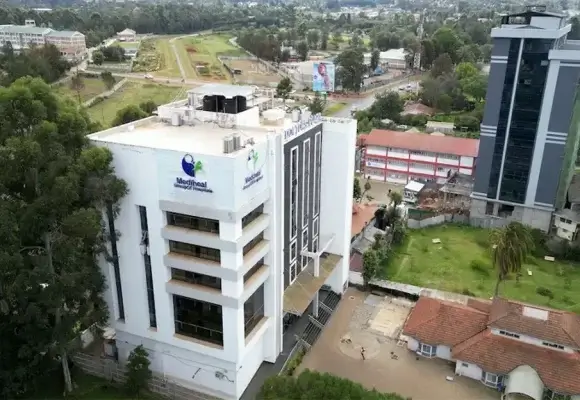
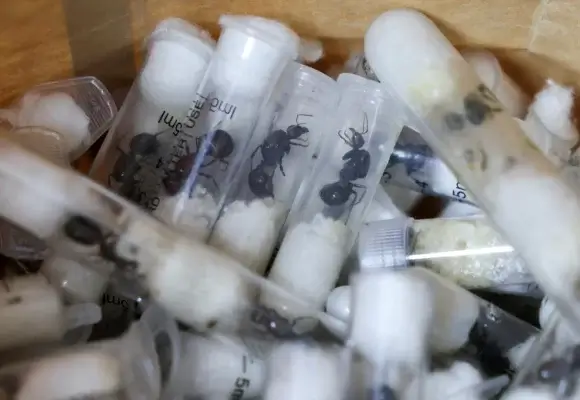
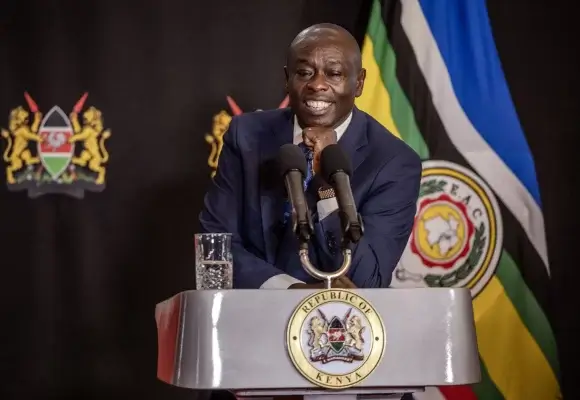
LEAVE A COMMENT
You must be logged in to post a comment.